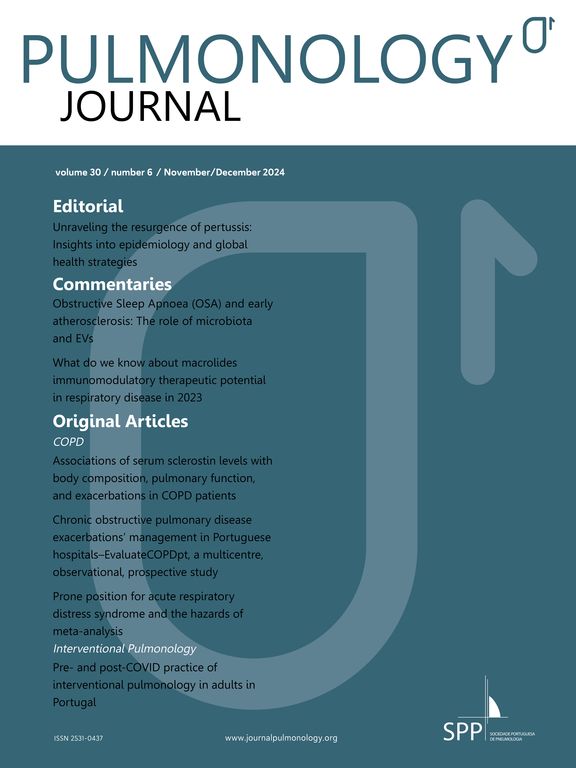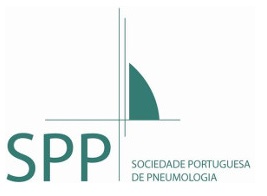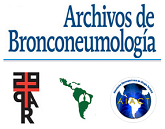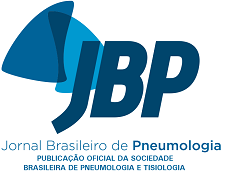Community-acquired pneumonia (CAP) remains an important and growing cause of morbidity and mortality, worldwide. In Portugal, this has been an area of great interest and concern. Year after year hospitalization rates for pneumonia and hospital lethality have been increasing. This trend has been described in both national and international studies and reports. In the last OECD report, Portugal is one of the countries with the highest mortality due to pneumonia. In this issue of the journal, Teixeira-Lopes F et al.1, have published a study which also underlines this concern. It shows an increase in the number of admissions throughout the study period and that CAP is a cause of relevant hospital mortality in every age group. This situation is not exclusive to Portugal but despite all the studies carried out so far, much remains to be explained. Why are their more hospitalizations? Greater severity of the disease? Aging populations? More aggressive microbial agents? Unjustified hospitalizations? ... However, the continued rise in hospital mortality rates make some of these hypotheses unlikely. The current state requires that in addition to clearly defining the reality of the situation, we also need to seek explanations and develop strategies to reverse this reality. There is a need to design and carry out research aimed at patients, assessing their characteristics, namely their comorbidities and developing mortality risk models for pneumonia that allow an early identification of who, in addition to the age group, has an increased risk of dying from pneumonia. Identifying those who are particularly susceptible will allow us to create preventive strategies that, instead of today, determine the direction and where we want that this disease should go...
The Impact Factor measures the average number of citations received in a particular year by papers published in the journal during the two preceding years.
© Clarivate Analytics, Journal Citation Reports 2025
SRJ is a prestige metric based on the idea that not all citations are the same. SJR uses a similar algorithm as the Google page rank; it provides a quantitative and qualitative measure of the journal's impact.
See moreSNIP measures contextual citation impact by wighting citations based on the total number of citations in a subject field.
See more





